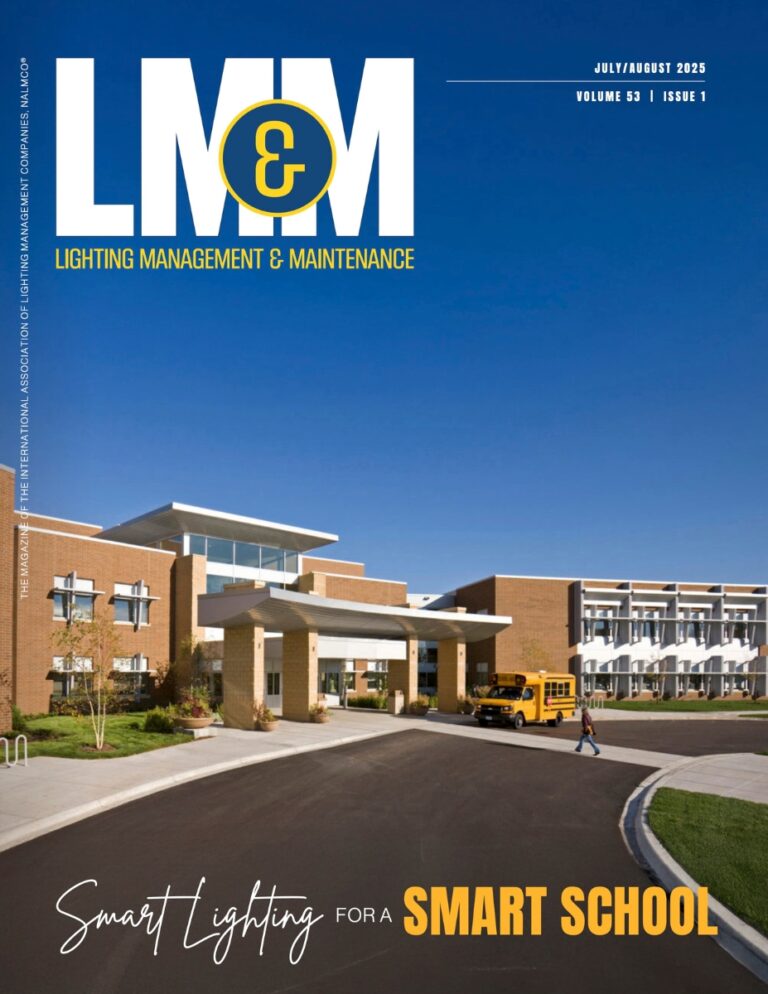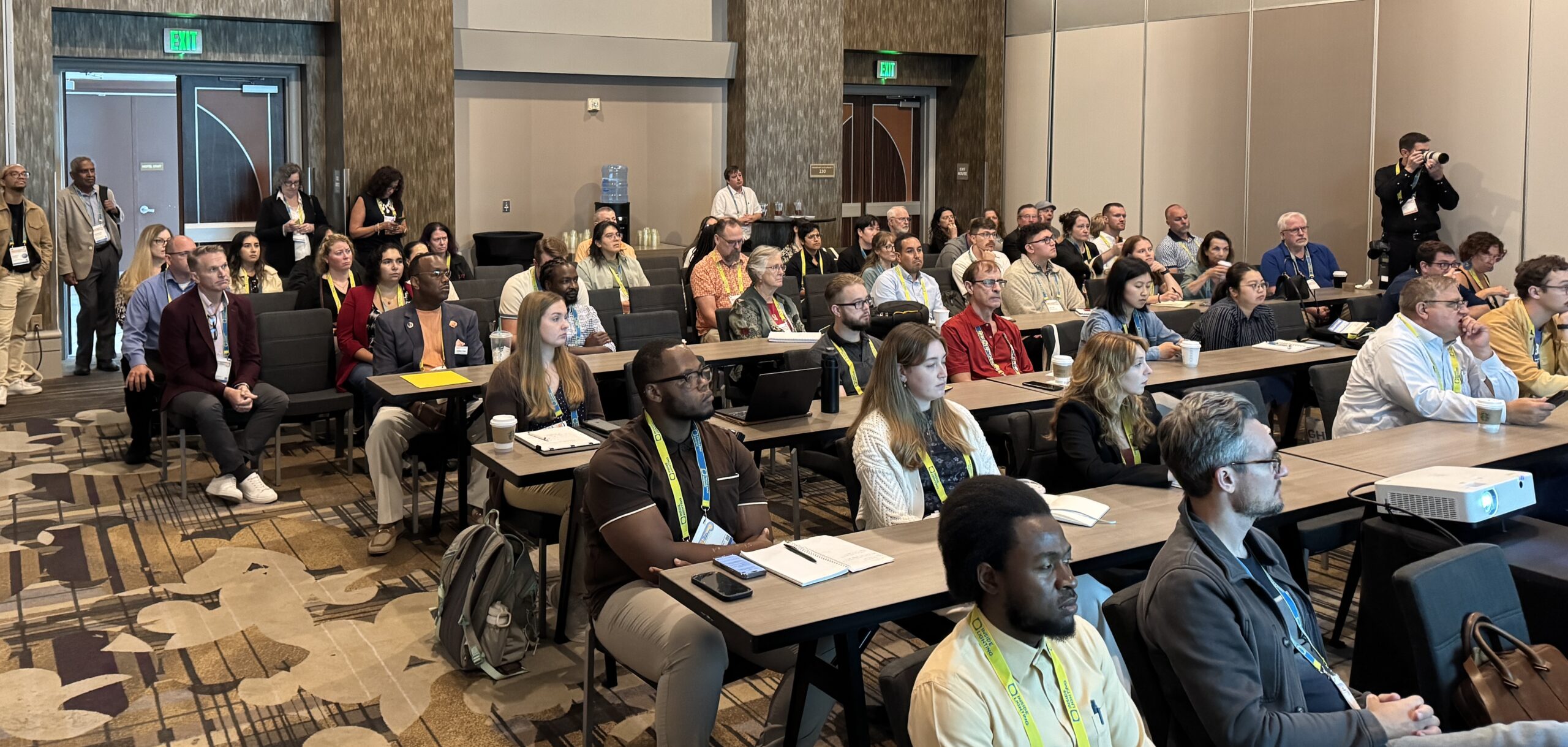Lessons from Light Justice: People-First Lighting for Equitable Places
On Friday, I attended a portion of “Lessons Learned from Light Justice Projects,” presented by Neha Sivaprasad and Edward Bartholomew. The session grounded Light Justice’s work in an idea borrowed from IES LP-2-20, Lighting Practice: Designing Quality Lighting for People in Outdoor Environments: “Lighting that reassures is the result of objective design (meeting codes) and subjective design (meeting the needs of a person to not feel doubtful or afraid).” That dual lens—codes and feelings—shaped everything that followed.
What Light Justice Means
Edward framed the mission simply: justice means people deserve safe, healthy, dignified places—and lighting either supports that goal or undermines it. Light Justice sits at the overlap of environmental and design justice, steering projects toward equitable outcomes rather than one-size-fits-all fixes. Neha underscored that reassurance is not just illuminance levels; it’s how light helps people feel oriented, welcome, and unafraid.
To make the point tangible, the presenters asked: if you’ve experienced negative visual reassurance, what word would you use to describe your experience at night? A QR code captured audience responses and rendered a live word map, turning private feelings into shared data. That participatory prompt mirrored the team’s broader method.
A People-First Method
The process starts with people. The team meets occupants and community stakeholders, then uses walk-throughs, mockups, and shared decision-making to define what light should do in streets and buildings. “Deploy” extends beyond drawings to advocacy in procurement, specification, and maintenance so solutions survive value engineering—especially in under-resourced neighborhoods. In practice, that can mean writing scopes to protect critical details, aligning with local maintenance capacity, and checking back after turnover to confirm performance matches intent.
Lighting Isn’t the Answer to Every Challenge—But It Can Be Part of the Solution
Neha emphasized that light can help transform spaces visually while lifting local morale. Projects that encourage ownership and community pride often drive more foot traffic to small businesses and can help ease social pressure. Public art is a force multiplier: when lit at night, it “transforms into something even more moving—an experience that resonates deeper, and speaks louder to more people.” In short, lighting can’t fix everything, but it can catalyze progress.
San Francisco: Tenderloin Pilot
A San Francisco case study showed the approach in the Tenderloin, an environmental-justice-burdened district. The team coordinated with property owners and businesses, mounted fixtures on buildings, and paired façade lighting with murals created by community-selected artists. Tight budgets shaped choices and forced field iteration. The effort wasn’t a cure-all, yet residents reported greater comfort after dark and a stronger sense that the public realm is cared for. The “before/after” with the mural highlighted how art, light, and stewardship can work together.

SRO Mural: Solar and Storage
Another project focused on a single-room-occupancy building serving a Filipino community. To avoid utility costs and power-access hurdles, the team illuminated a large mural with solar panels and battery storage. Trust, clear communication, and flexible design were essential—especially on installation day—showing that resilient delivery matters as much as intent. The takeaway: if the business model can’t sustain the system, the design won’t deliver equity over time.
Lighting Helps, But It’s Not a Cure-All
Edward cautioned that deeper social challenges may remain. Consensus isn’t always possible, but inclusion matters. The goal is not to please everyone; it is to respect every perspective and document the tradeoffs openly. That transparency keeps expectations realistic and focuses resources where light can make the greatest difference.
Why It Matters—and How to Participate
Well-maintained lighting often signals prosperity; its absence can reinforce inequity. Light Justice—and the Light Justice NOW program—urges the industry to pair empathy with end-to-end follow-through so good ideas make it through specification, funding, and time. As the presenters put it, “Everyone deserves good lighting and beautiful darkness.” They invited the audience to stay involved as a Community Advocate, Light Justice Advocate, or Light Justice Sponsor.
The session left a clear charge: combine the objective (codes, safety, maintenance) with the subjective (comfort, dignity, pride). Do the people work first, protect the solution through delivery, and measure what changes after the lights turn on. Lighting won’t solve every challenge, but—handled with care—it can be part of the solution.






